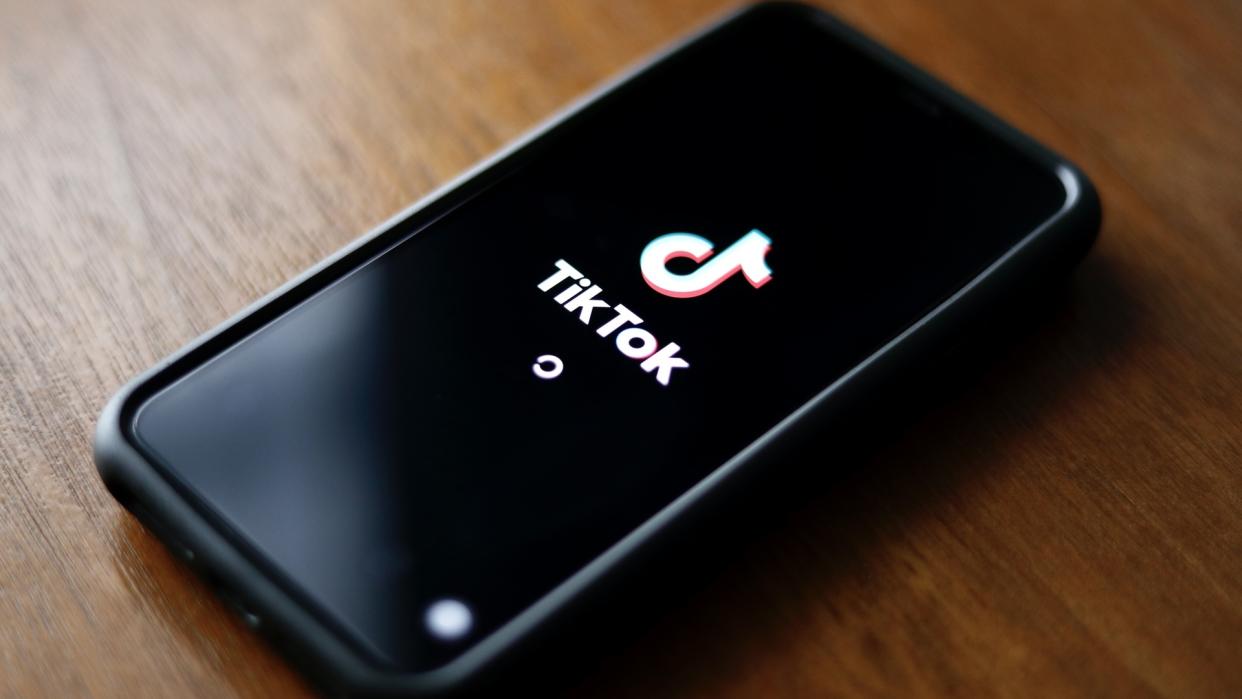6 Best Frugal Living Tips From TikTok Creators

While TikTok gets plenty of bad press and lives under the threat of a “ban” in the U.S., plenty of TikTokers create great content. That includes personal finance content — such as budgeting, frugality, and investing.
Discover Here: 10 Things Frugal People Always Buy at Yard Sales To Save Money
Try This: How To Get $340 Per Year in Cash Back on Gas and Other Things You Already Buy
So, what are a few takeaways you can learn from financial TikTokers?
1. Avoid “Top Up” Shopping at Convenience Stores
Convenience stores offer exactly what they promise: quick, convenient shopping near your home or work.
They don’t offer the best pricing. Worse, they push unneeded, unhealthy products at every turn in the store. You come for bread and milk, leaving with three bags of Doritos, four candy bars, a soda and a six-pack of beer.
What could have cost you an extra $5 at the main grocery store costs you $30 at the convenience store. TikToker Emma Edwards breaks down these and other reasons to avoid top-up shopping.
Do your health and wallet a favor by getting more organized about your grocery shopping. Plan your shopping and shop your planned purchases only.
2. Learn to Cook Your Favorite Take-Out Dishes
When you order take-out or delivery, you pay restaurant-level pricing — just to eat it at home. You don’t get the entertainment experience of eating out, you just pay as if you did.
Delete your meal delivery apps from your phone, and learn how to make your favorite dishes yourself.
From Italian to Indian, shawarma to shish kebabs, you can learn to make it yourself. And when you do, you’ll inevitably make it healthier than the restaurant. Katheryn Leech breaks down how much this can save you in this TikTok video.
3. Make Enough at Dinner for Leftover Lunches
It costs you no extra time to double your recipe ingredients and make a larger portion for dinner. Which you can then save and take for lunch the next day.
In fact, it often takes less than double the ingredients, since we often make too much for our dinner but not enough to bother saving. That’s a recipe for food waste, not saving.
You not only save money on restaurant lunches, but you end up eating healthier home-cooked food instead.
4. Automate Your Savings
You’ve heard it before: pay yourself first. In other words, set aside your savings before you spend a cent of your paycheck.
But that requires discipline and planning. Remove that friction by automating your savings.
Ask your employer to split the direct deposit for your paycheck, with a certain percentage going into your savings account in addition to your checking account. Most payroll services can do this, but if yours can’t, simply schedule automated recurring transfers from your checking account to your savings account every payday.
5. Quit Every Subscription You Don’t Use Every Week
As an uncomfortable exercise, pull up your credit card statement and add up every subscription service you pay for. These could include everything from video streaming to music to digital security and more.
Think back over the last seven days. Which subscription services did you use? Which ones “sparked joy” or otherwise delivered a high return on happiness?
Cancel all the others.
6. Switch to Free Bank Accounts
Many legacy banks still charge fees if your balance falls below a certain amount, or for services that should be free such as ATM withdrawals or ACH payments.
Look at your conventional bank accounts (such as checking and savings) and investment brokerage accounts. Have you paid any fees on any of them over the last year?
Switch to a free alternative. In today’s age of digital banking, you have plenty of options, including scrappy startups. Many don’t maintain physical branches or their network of ATMs, and pass that savings on to you in the form of totally free banking with ATM fee refunds.
Final Thoughts
Many people think of sacrifice when they think of frugal living. They imagine rationing toilet paper or spending hours clipping coupons to save a dollar or two.
Instead, look at frugality through the lens of eliminating waste. Stop spending money on items that don’t deliver a high return — like bank fees or unused subscriptions.
You can always get more “extreme” with your frugality later if you like, but start with the low-hanging fruit.
More From GOBankingRates
I'm a Bank Teller: 9 Reasons You Should Never Ask for $2 Bills From the Bank
5 Reasons You Should Consider an Annuity For Your Retirement Savings
This article originally appeared on GOBankingRates.com: 6 Best Frugal Living Tips From TikTok Creators
